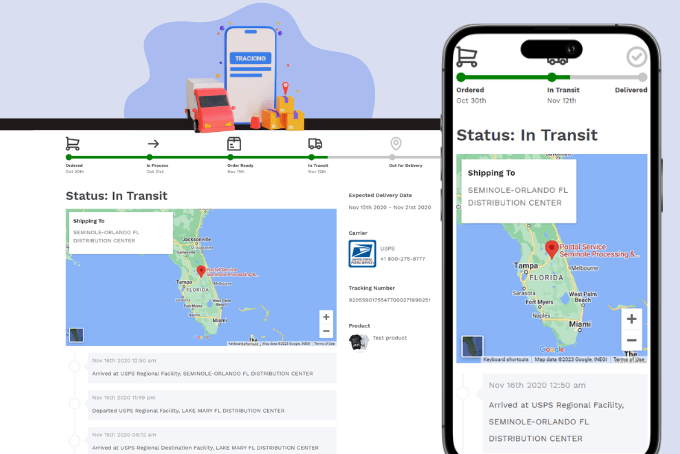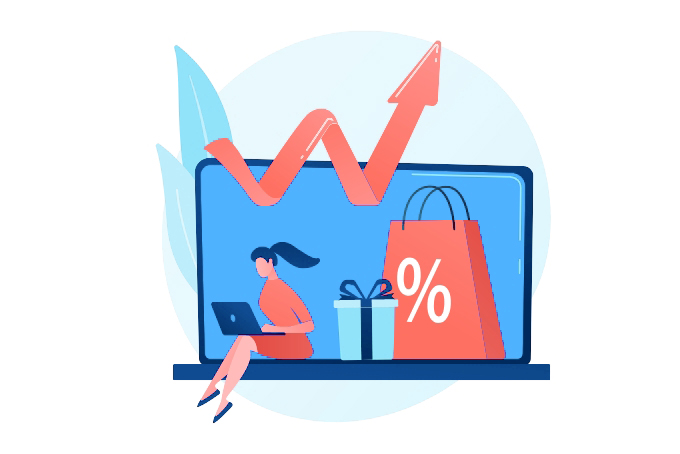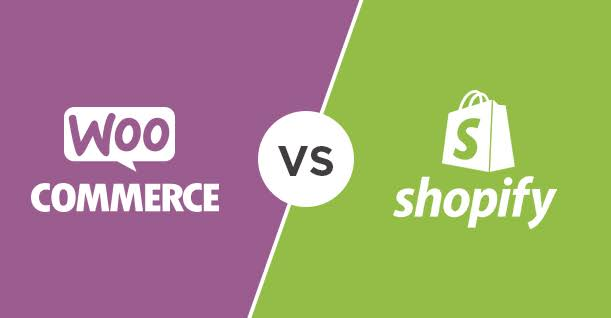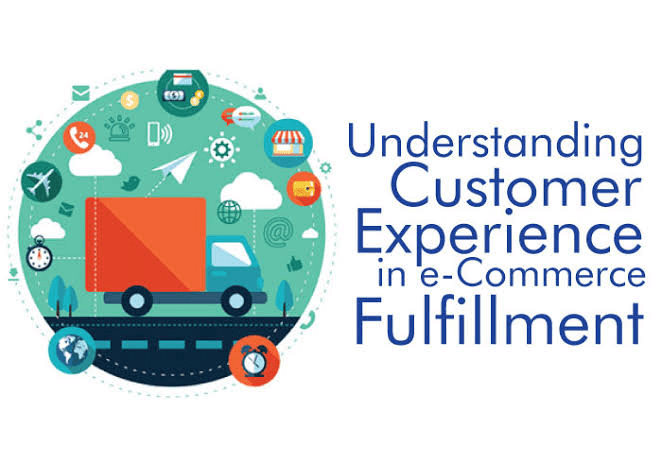As an eCommerce business owner, you'd have customers visit your site, pick out a few products, and just leave without buying.
Sometimes, the customer has personal reasons for not buying; it might be a lack of cash or maybe they found a better offer elsewhere.
Several reasons lead to cart abandonment. Most of them can be easily resolved, while others have some kinks surrounding them.
If you'd like to know why your customers are abandoning shopping midway, stick around. We'll reveal some of the most popular reasons your customers are abandoning carts. We'll also discuss some ways you can help prevent this.
What is Cart Abandonment?

Every eCommerce store has a built-in cart for customers to select items they wish to buy. This cart allows customers to stockpile items when they're shopping online and can remove or pay for them later during checkout.
However, not every customer makes it to the payment process. According to Shopify’s latest statistics, an average of 70% of shoppers never complete their purchase after adding items to their shopping carts.
Cart abandonment refers to customers who visit your online store, browse through products, and add their desired products to the cart. But these customers leave without purchasing your goods.
Customers who abandon their carts usually have a keen interest in purchasing the products, but due to delays, complications, or distractions, they never buy them.
You might be making pretty decent sales, but if your cart abandonment rate is very high, you're losing an even greater profit due to those abandoned sales.
What Causes Cart Abandonment?

When shopping physically, it's hard to pick up items at the store and drop them off before we pay. This is because most folks go to in-person stores to buy what they need, and it's hard for them to abandon it mid-way; I mean, that's why they visited the store in the first place.
However, online stores function very differently. Customers can come to your website by just seeing an ad, or they can be referred using an affiliate link. The point is that customers have an entirely different shopping attitude when shopping online compared to in person.
No matter how the customers got to your online store, what matters is that they're on your website. So why do many ends up not buying after browsing through your products?
Well, there is a myriad of reasons why your customer abandons their cart, but here are some of the most common and impactful reasons they abort their shopping:
1. Additional Transaction Fees
This is one of the most popular reasons why customers abandon their carts. If a customer adds an item to their cart intending to pay, some might back off after discovering how much it would take to receive their goods.
These charges are usually unexpected and can cause customers to rethink making payments. Some customers would sometimes add the items to the cart just to see how much it would cost them; of course, after seeing the cost, they abscond.
Fees like domestic taxes, shipping costs, and other transaction fees could result in cart abandonment.
2. Time-Consuming Checkout
Picture this; you're in a supermarket, you're trying to get ice cream for your kids, you've been waiting in line for hours, the ice cream defrosts, and you can't get it home in time; that feeling is the same feeling your customers get when the payment process is lengthy.
Services like Apple Pay and Google Pay help customers pay for their goods easily without having to type in their PIN every time. If the checkout process is full of hitches, your customers will soon ditch your store.
Online stores aren't like in-person stores; a customer can easily type in your competitor's URL, and boom, you've lost a sale. You'll likely have many abandoned carts if you have a lengthy checkout process.
3. Security Concerns
If a new customer is trying to purchase from you, they'd be skeptical about giving you all their financial details just to make a purchase online.
With the level of scams hovering around us every day, folks are becoming more conscious about their data. If customers aren't confident enough in the security of your online store, they'll find it hard to make payments.
4. Location Constraint
If you're running an online store, most of your customers aren't going to be local. You'll have to provide an efficient and swift method of delivering their goods safely.
However, customers who wish to buy your products will certainly abandon their cart if you don't ship to their location. Shipping is essential as no one will buy something they can't get hold of.
Unless you're selling digital products like online courses and ebooks that don't require delivery, you'll need a sustainable shipping method.
How to Reduce Cart Abandonment

Now you know some of the reasons why your customers abandon their carts. It's time to proffer solutions on how you can reduce the rate at which customers abandon carts.
1. Build Trust and Sustainable relationships with your Customers
As we've stated earlier, customers are more likely to ditch your store if they aren't convinced their data will be handled securely.
You should note that giving a customer a purchase form gives you tons of their personal information in exchange for your products. This information goes beyond just addresses and names; you'll need credit card details, bank details, etc., to process their payments.
To eliminate any doubts or security concerns they might have, you have to gain their trust. You can do this by strategically including security logos on the payment portal; this assures the customer that a reputable organization manages their information.
According to statistics, 75% of customers refused to buy from websites where they didn't recognize the security logos. To avoid losing 75% of potential customers, place security or trust logos in strategic places to build trust.
To further strengthen your customer’s trust, you can use third-party reviews from reputable websites like Trustpilot to help minimize any risk concerns your customers may have.
2. Implement a Progress Bar During the Checkout Process
When you're in an in-person store, you can estimate how long it'll take you to move through the line at the counter. However, online stores do not track how far the customer has gone in the checkout process.
If the transaction is prolonged, the customer will abandon the cart because they're not prepared to lose extra time to something they can't keep track of. Therefore, it'd be a nice idea to include a progress bar throughout the payment process. May help you increase your conversion rate.
As they fill in their name, email address, and payment details, a progress tracker should indicate how far the customer is from completing the transaction. The progress bar can be in the form of percentages or steps, i.e., steps 1, 2, 3, etc.
You can contact your webmaster to help implement this feature if you don't already have it.
3. Provide Efficient Customer Service
Statistics show that customers are 70% more likely to patronize an organization with efficient customer service. If you provide customers with a good customer experience when they have questions or encounter problems during their purchase, they're more likely to purchase.
One very efficient way you can do this is by implementing a live chat feature on your website. A live chat feature would help customers quickly resolve simple queries like product information, payment assistance, and more.
4. Increase your Shipping Reach
If you've got customers in locations where you don't ship to, those customers are as good as gone because your products won't be able to get to them. Cart abandonment is inevitable when buyers come from a location you don't ship to.
It'll be a good idea to extend your shipping reach to such locations if the profit you'll make shipping to those countries outweighs the cost of shipping the items there. When you start shipping to those countries, you gradually extend your customer base and have the chance to sell to a wider audience.
5. Provide Multiple Payment Methods
The payment method your online store supports greatly affects the cart abandonment rate. Why do you think big e-commerce players like Amazon, Shopify, Alibaba, and the like use almost all the payment methods available just because they want more customers?
If your website has a limited number of payment methods, customers will abandon their carts and move on to another vendor that has what they want and supports their method of payment.
For example, Paypal is banned in countries like Nigeria, Cuba, the Central African Republic, Liberia, etc. If the only method of payment your store accepts is PayPal, you're automatically prevented from selling to those customers as you have no means of receiving their payments.
However, if you have various methods of payment like Skrill, Payoneer, Apple Pay, Google Pay, etc., your customers would have a wide range of payment options to choose from.
Conclusion
Cart abandonment is a very important factor to consider when setting up or operating an online store. If your business has a high cart abandonment rate, you're missing out on a lot of sales.
Luckily, we've listed some of the best ways you can implement them to help reduce cart abandonment.
Happy Sales!










![Top 10 Route Alternatives & Competitors [2026]](https://blog.parcelpanel.com/wp-content/uploads/2025/11/Route-Altenatives.png)

![Top 10 parcelLab Alternatives & Competitors [2026]](https://blog.parcelpanel.com/wp-content/uploads/2025/11/AfterShip-Altenatives-9.png)
















